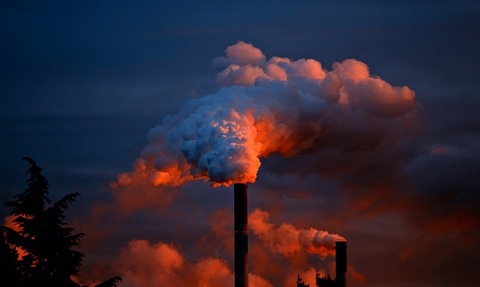Chemical looping technology transforms shale gas without emissions
3 Jan 2018

Engineers and scientists at Ohio State University have developed a method of converting shale gas and other fossil fuels into electricity without creating pollution.
Under certain conditions, the technology consumes all the carbon dioxide it produces, as well as additional carbon dioxide from various outside sources, the Ohio team said.
A full account of the research has been published in the journal Energy & Environmental Science.
The technology, known as chemical looping, is designed to use metal oxide particles in high-pressure reactors to ‘burn’ fossil fuels and biomass without the presence of oxygen in the air as the metal oxide provides the oxygen for the reaction.
According to the researchers, chemical looping is capable of acting as a stopgap technology that can provide clean electricity until renewable energies such as solar and wind become both widely available and affordable.
Professor Liang-Shih Fan, who led the research, said: "Renewables are the future. We need a bridge that allows us to create clean energy until we get there - something affordable we can use for the next 30 years or more, while wind and solar power become the prevailing technologies."
The university has also called on industry to help develop the technology further.
The Linde Group, which provides hydrogen and synthesis gas supply and plants, is one company that has already begun collaborating with the team.
Its head of R&D Andreas Rupieper said: “Ohio State's chemical looping platform technology for hydrogen production to be a potential alternative technology for its new-built plants.”
Clean energy technology provider Babcock & Wilcox is also working alongside the Ohio team.
Readers' Comments
There are no comments on this article, leave a comment below to have your say
Have Your Say
The comments have closed for this article

